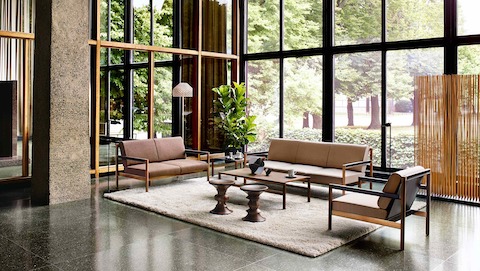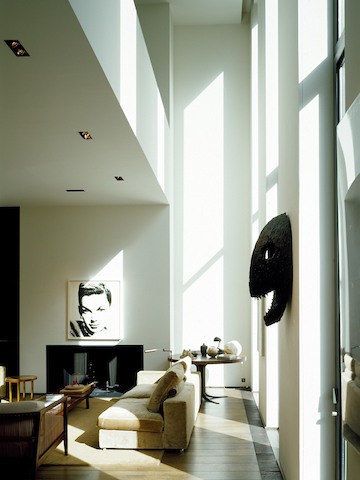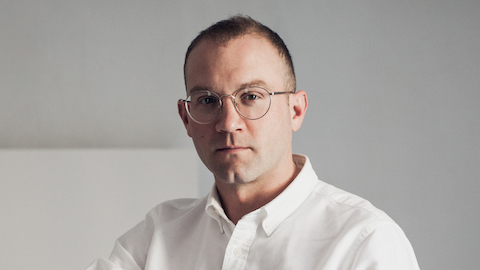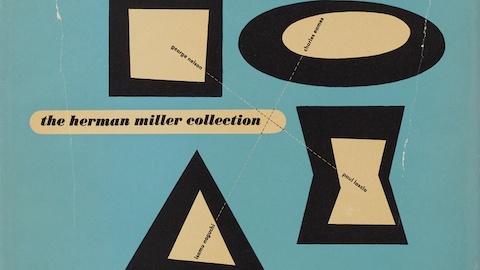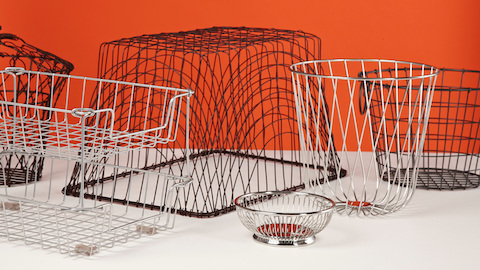Clean lines and uncomplicated form characterize the work of Belgian architect and designer Vincent Van Duysen. For over two decades, he has created a broad range of projects that extend from sinks and chairs—including his new Brabo Lounge Collection for Geiger International—to interiors and buildings. His refined sense for material and classical form have helped him achieve a body of work that champions understated elegance and warmth above all else. Herman Miller recently caught up with the designer to see how he manages to maintain his signature pared-down style while navigating across different design disciplines.
How did you get your start?
I always say I was a kid of Postmodernism because I finished school in 1985 in Ghent. I left for Milan around 1987, where I worked in the beginning for an Italian fashion designer who was looking for a young architect to collaborate with and develop a collection of objects. After a couple of months, I got the opportunity to work with Aldo Cibic who was at that time still associated with Ettore Sottsass and the Memphis Group, but he was starting his own company. It was really at the highest moment of Postmodernism. These guys had a very formal way of thinking because Postmodernism was all this bright and formal language and colors and patterns and materials.
Your work is founded on more Modern than Postmodern sensibilities. Still, do you find that your early exposure to Cibic and the Memphis Group, with their emphasis on bold colors and pop art influences, had an impact on your own approach to combining textures and materials?
It was a time of total freedom of exploring with forms and colors and materials, which I found very, very fun being a young architect. But on the other hand, I also realized that it was all about essential forms and turning them into very playful combinations and compositions, and giving a new dimension and new way of living, which I really liked a lot. I was very lucky to become Cibic’s first assistant for a year before I returned back to Belgium and worked four years with classically trained decorators. I thought it was useful for me as a young architect to learn more about the inside of people’s houses and how people were living—about the art of living—before I started up my own practice.
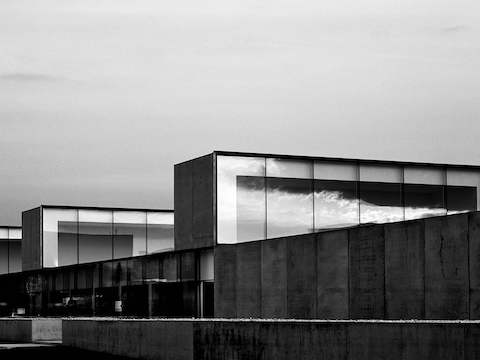
Concordia photographed by Alberto Piovano
How did your style evolve?
I had an overdose of Postmodernism and very quickly needed to simplify everything. I would say that from the very beginning, I created my signature style, [which people often refer to as] warm minimalism. I really wanted to find the right balance between me as an architect and dealing with space and light and then bringing in that human touch through the use of beautiful, natural materials that also relate to my culture here in Belgium. Having worked with interior decorators, I learned a lot about bleached woods, about Belgian linens, beautiful textures of wood floors and stone works. Interior decorators are the people that actually soften up the mathematical and hardcore thinking architects usually do. I wanted to bring in more humanity.
Where do you get your inspiration for materials?
Materials are extremely important. Since the early part of my career, most of my materials have all been natural. The ones that I work with a lot are stone, sometimes a little bit of steel. For textiles it’s rough linens or flat carpets. I’m never going to use technical materials. It’s all about different layers and tactile materials—never screaming and shouting, always in a very understated way. To me, everything is a material, even the way I treat walls not with a flat paint, but with chalk paint. My materials strengthen the core concept of my projects.
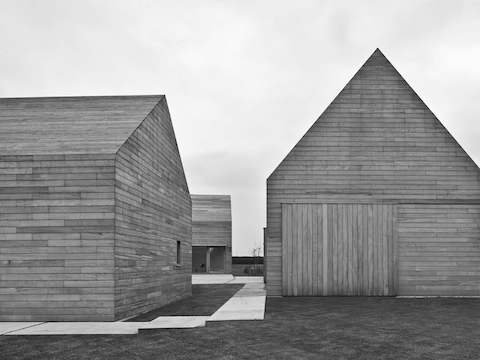
DC2 residence photographed by Koen Van Damme
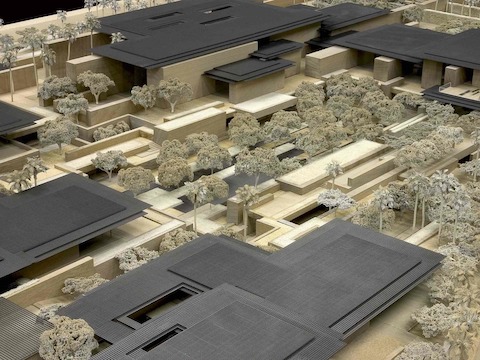
BAS Residence by Vincent Van Duysen Architects and Vladimir Djurovic
Do you prefer projects in which you’re challenged by preexisting constraints or do you prefer working from the ground up?
It is equally challenging for me to transform a barn or a townhouse or start from scratch and do a new build or a residential work. The fact that I work internationally makes it so that all of my work is tailor-made, and it is the same way with my furniture pieces. All of my projects are carried out with a lot of attention to who I am working for—all kinds of considerations like budgets, context, needs, or desires of my clients. I consider each of them a challenge and very unique. I don’t have any priority for which kinds of projects I am going to start working on.
You work globally. How does working across cultures affect your approach to design projects?
The people I’m working with tend to have a great knowledge for art and architecture and are all very conscious of my design attitude and taste. They are very aware and cultivated, especially in Beirut, a country I’ve been working in for years and more recently on an office tower [Block 20-02 from 2006]. If you compare Beirut with Saudi Arabia, where we are working on a residential tower in Jeddah, there’s a big difference. It’s all about new cities, new developments. We have to respect, especially in residential and office work, the division between the female and male culture and the religion. It’s very complex, but on the other hand, it allows me to think slightly differently in terms of organization of a plan or zoning. And even though the culture is totally different, it doesn’t mean my designs are totally different. We take culture into account but it is still a VVD project.
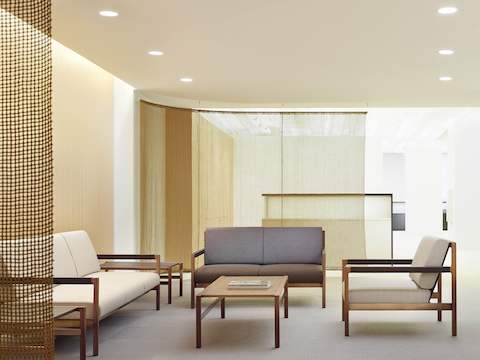
Brabo photographed by Chris Barett
Speaking of being a total designer, is it typical for you to design objects specifically for your architectural projects and do you always use your own objects in your interior concepts?
I consider some of my interior pieces as extensions of my architecture. I call them “domestic architecture elements.” The single pieces I design—for example Brabo [2013] for Geiger—I try to incorporate, but it is not a must. I like to bring in designs from other people—sometimes really key iconic pieces or others that are custom-made.
How did you come to work with Geiger?
They were following my work for many years and thought that my design approach in general could connect very well with Ward Bennett’s design approach, which is sensual and minimal. The more I get to know his work, the more I realize that I am connected with the DNA of Geiger through the work of Ward Bennett.
“The more I get to know his work, the more I realize that I am connected with the DNA of Geiger through the work of Ward Bennett.”
- Vincent Van Duysen
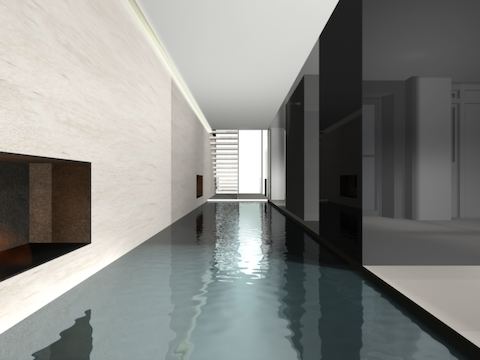
B House New York by Vincent Van Duysen Architects
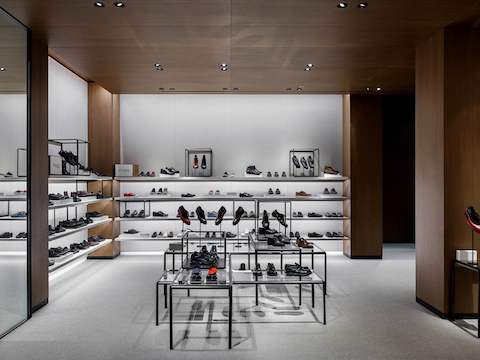
Selfridges London photographed by Andrew Meredith
How many project do you work on at a given time? What are you currently working on?
We work on about 25 projects at the same time. We are continuing new projects for Geiger. We just finished a big residential work in New York and are starting to work on a new build in South Hampton. We are also working on a jewelry concept for Swarovski. We did the men’s accessory and shoe department for Selfridges (2012), which was a big job, and also stores for La Rinascente (2007)—an Italian department store. It’s a lot, but it’s energizing!
Are there any projects you hope to work on in the future?
There are. I’ve never designed a house near the ocean or the sea. If I were, it would definitely be in an isolated place away from the crowd and designed to interact completely with nature. I’d also love to design a museum. As an art collector myself, I think museums are places to reflect and to meditate. It’s a place where you can be on your own and enter a completely new world. I find it very fascinating. A museum would definitely be one of my favorite non-built loves.
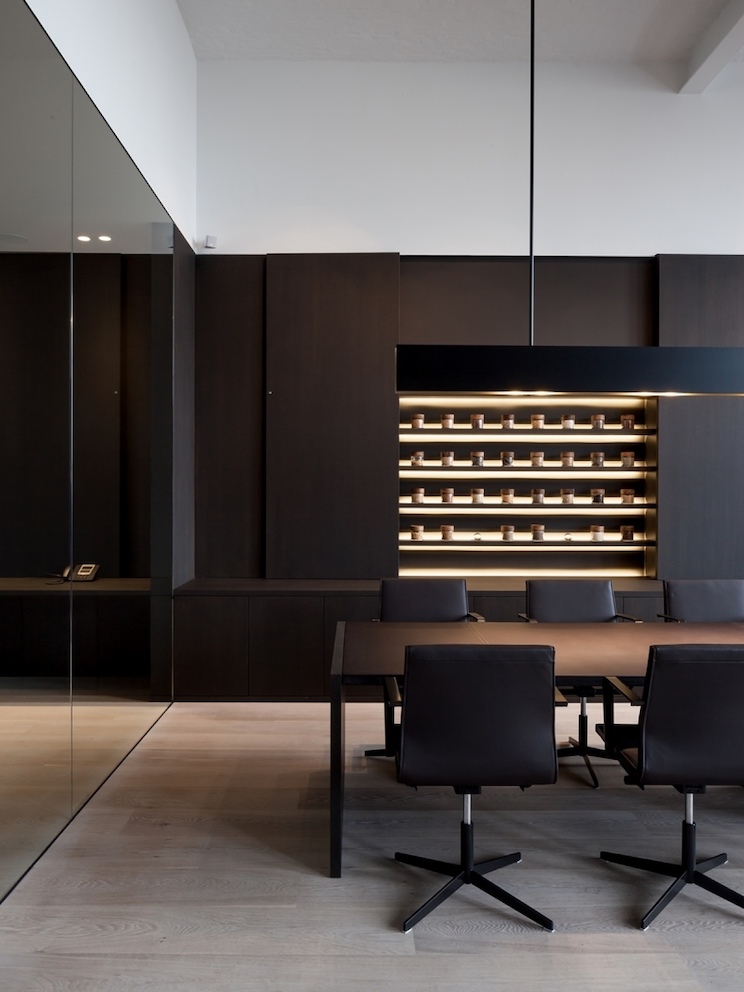
Belgo-Seeds Office photographed by Thomas De Bruyne
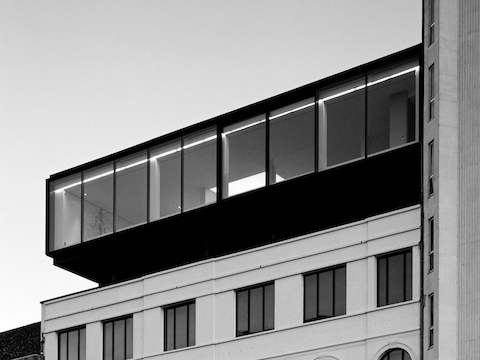
Penthouse Antwerp photographed by photographer Alberto Piovano
What would you say distinguishes your work most from other designers?
The only thing that makes me a little different from other architects and designers is that I am a very rare person who tackles all the different typologies that are covered by architecture. I could not disconnect interiors from architecture. Working in the purest forms and natural materials to texturize and create a serene space is not only how I approach an interior, it’s also how I build a piece of furniture. It is definitely not only about aesthetics or plain beauty. As an architect, I still have the mission to create something that people can live comfortably with. It is all about well-being.
